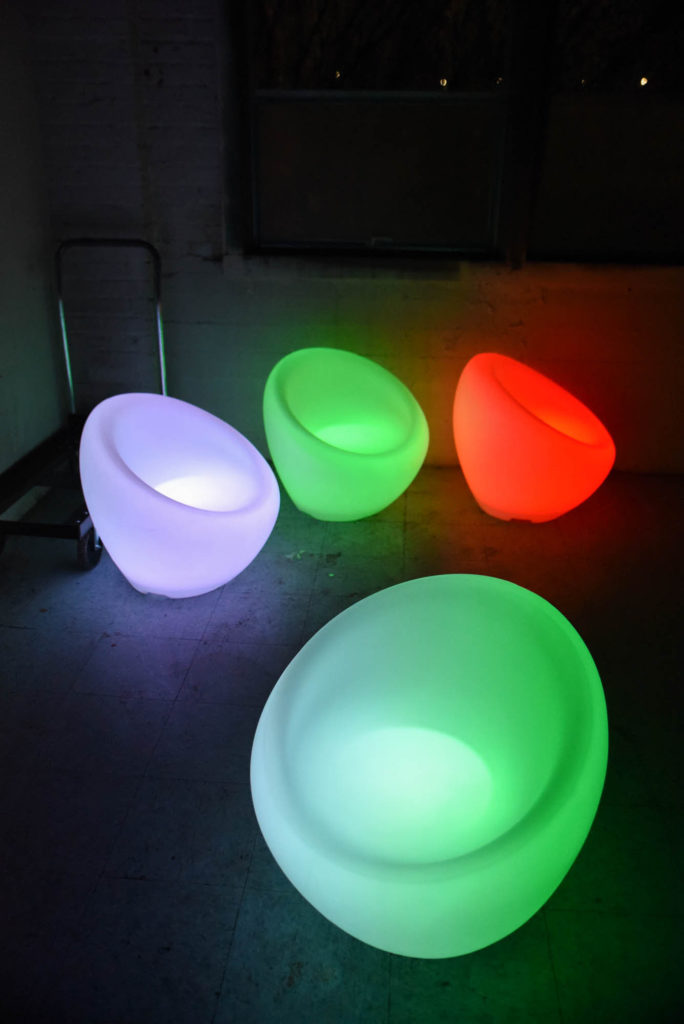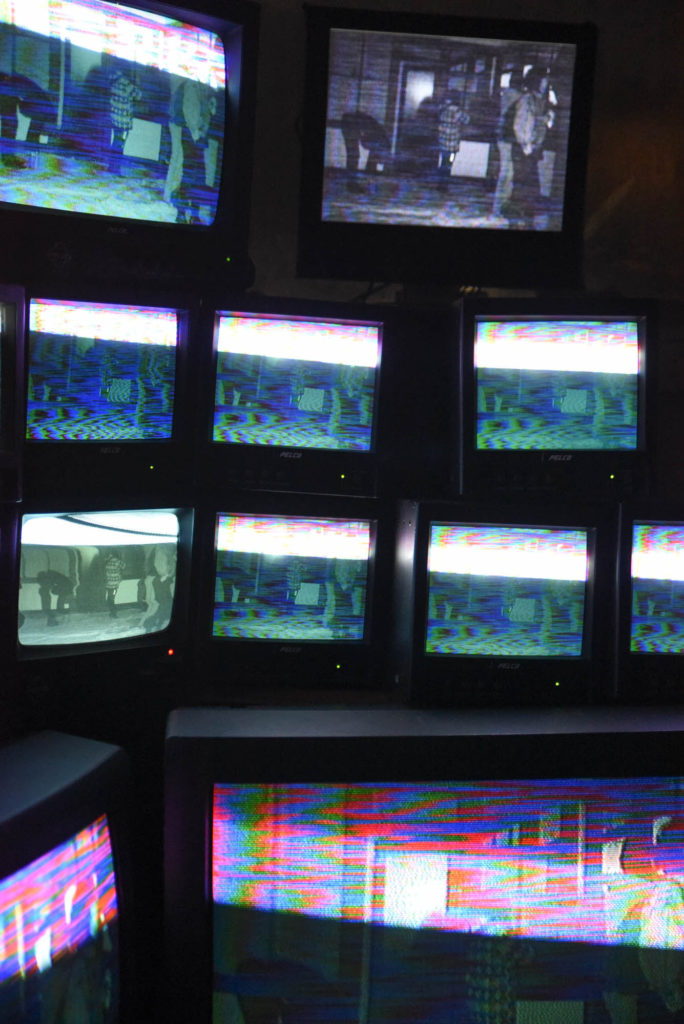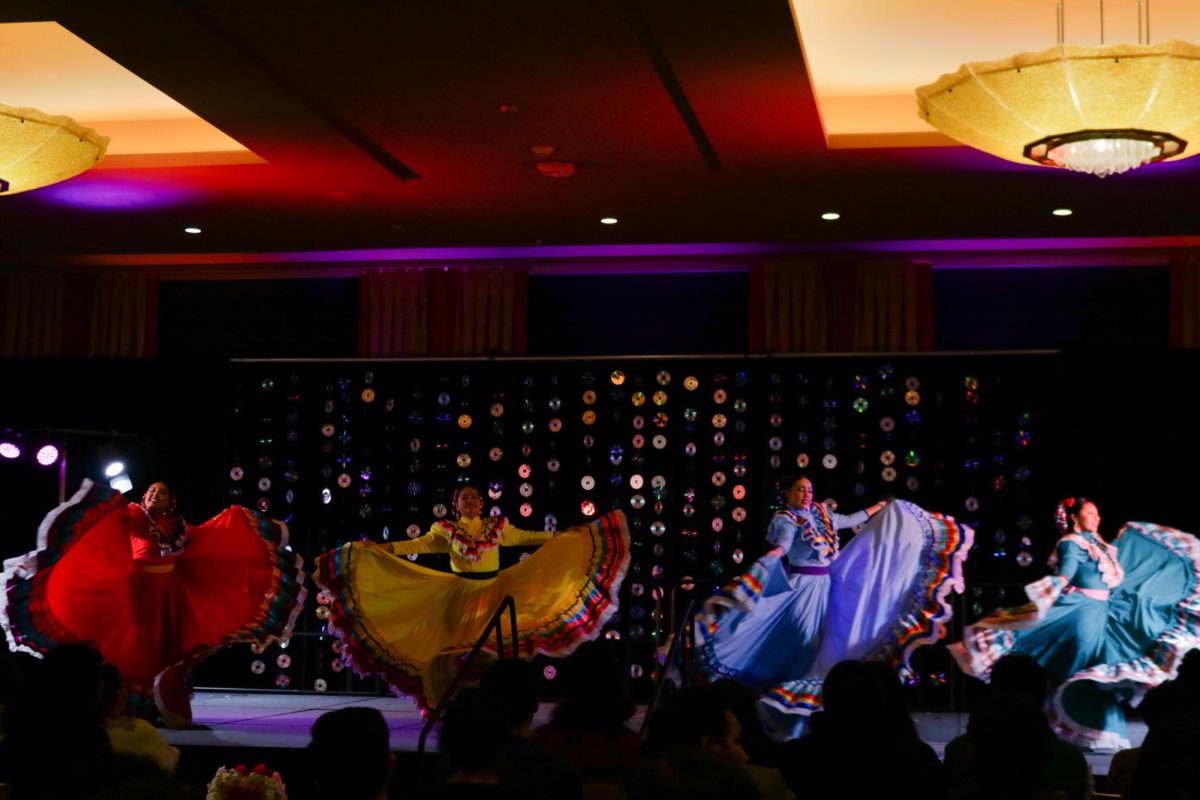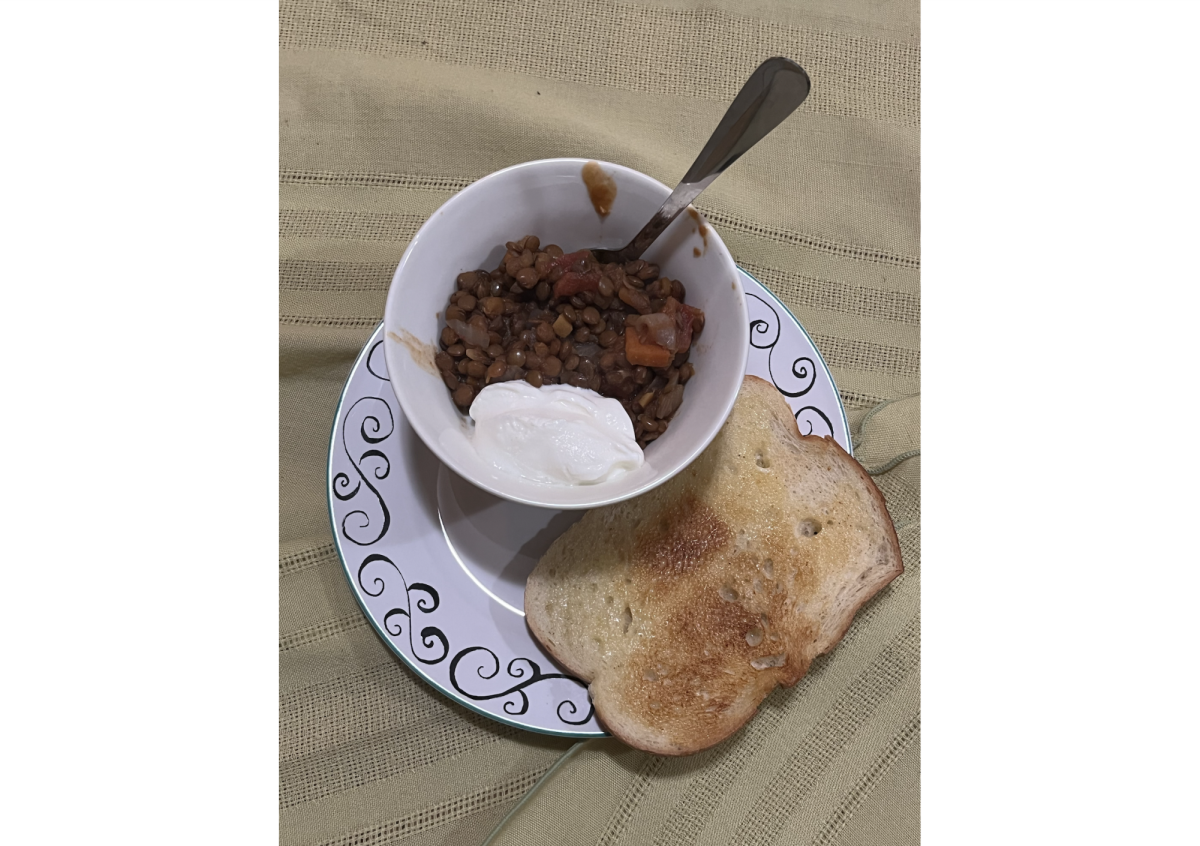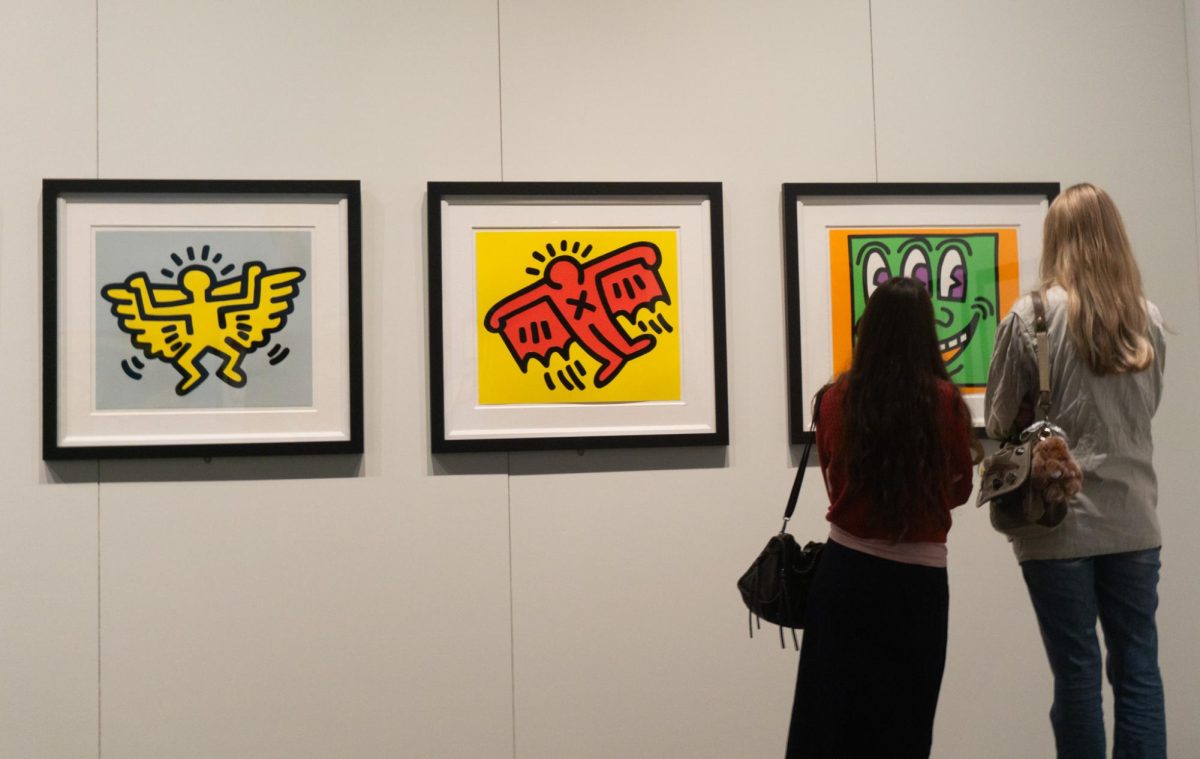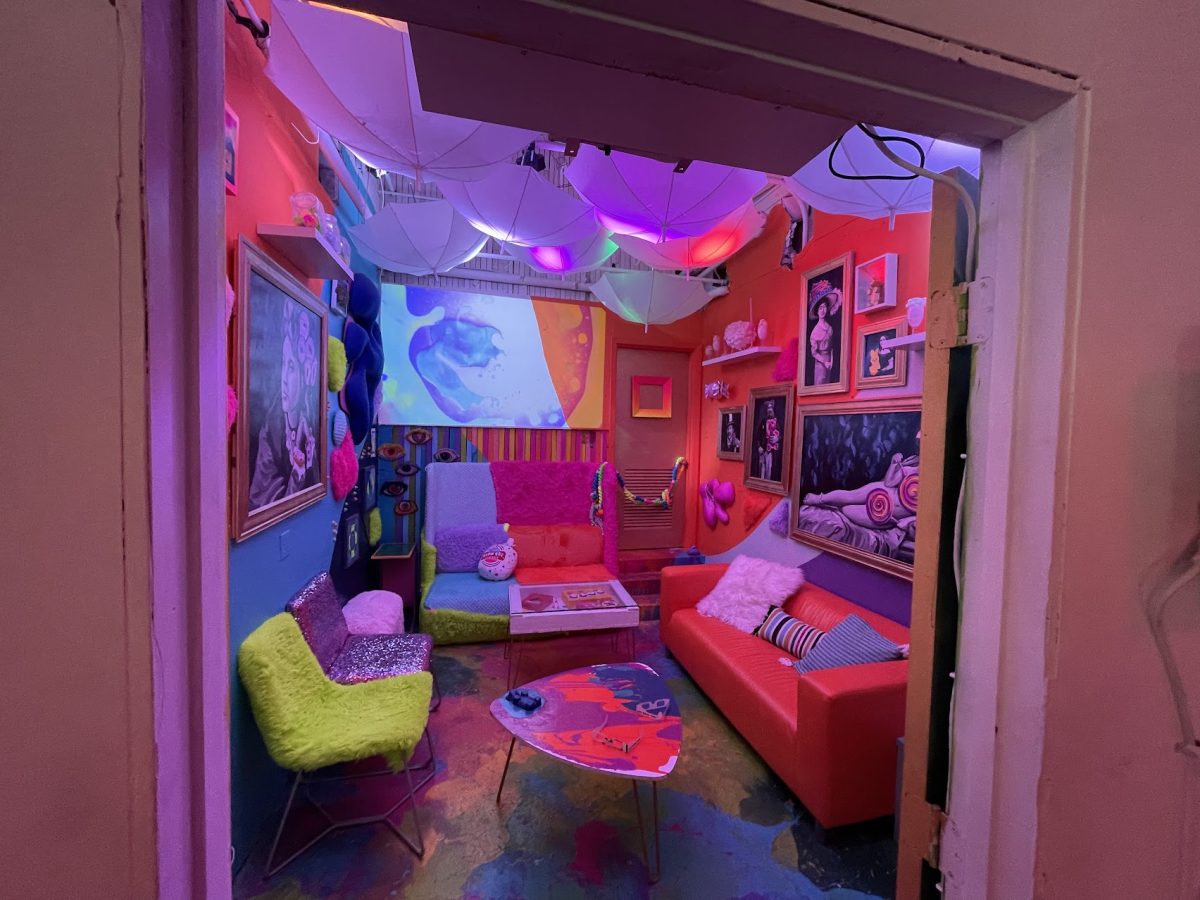What exactly is rave culture? While the default simplification is one of MDMA, partygoers and neon spandex, I was fascinated to learn that rave culture is so much more.
This past Saturday Corridor, the third annual festival of light, sound and movement, was held at West Coast Printing. While Corridor is an event that would appeal to ravers, the event included intriguing art and light installations.
Before I review my experience at Corridor, I think it’s essential that I trace the true meaning of rave culture. Rave culture has received a great deal of attention over the past few years, but has remained in the shadows as a dominant underground music force.
Through some research, I learned that the term originated in London in the 1950s, but through time electronic dance music (EDM) hijacked “rave” as a representation for the largely populated underground performances.
“Raving” triggered an entire subculture, centralized around sensory overload and all-night dancing to electronic-based music. Joy Patipatvasin, a Seattle University senior and rave goer, recognized the multitude of genres associated with raves.
“There could be trap, there could be heavy bass, techno or dub,” Patipatvasin said.
I learned from researching and talking to people that, for consistent ravers, there is no fear, no hatred and no boundaries within rave culture, only acceptance. It is a form of escapism that enables anyone to enjoy the serenity and beauty of the community, alongside euphoric music. In some scenes, a large element of raves includes drugs, or at least used to. There have been adverse reactions towards raves, as they are closely associated with the use of illicit drugs, such as MDMA.
Karsten Kohout, a Seattle U student and rave participant, said that rave culture is drifting farther from what it used to be. He highlighted the disappearance of elements that used to be closely associated with raves.
“Raves are more commercialized than ever,” Kohout said. “PLUR and stuff like that no longer really exists…It’s also becoming less and less associated with drugs because MDMA is becoming less popular as more information about what it’s cut with is coming out.”
Devvy Symonds, a freshman at Seattle U, talked about their interest in the “Kandi” phenomenon, the homemade beaded jewelry that people wear and exchange at raves.
“Kandi culture has died down,” Symonds said. “It used to be really big and when I started raving in 2010 it was still big. It’s a community thing because trading is a big part of it. I would make kandi for people…but you can also trade with people you just met.”
Symonds also explained what “PLUR” means to ravers.
“PLUR stands for peace, love, unity and respect, the sign used when trading kandi,” Symonds said. “When I started raving I found this community where people were 100 percent themselves… They were really accepting of each other and I found a very loving community.”
On Saturday, when I arrived at Corridor, I started to understand for myself what PLUR meant.
As I entered the space, Chloe Alexandra’s atmospheric sound echoed throughout the warehouse. Chloe Alexandra produced a vibrant set with interludes of distortion.
The bold, colorful light installations displayed along the walls of the venue and on listeners’ faces. Each performance consisted of distinct eccentricities. Ahnnu, a performer, created a hypnotic rhythmic reflection, while MHYSA produced an experimental synth-pop style set.
MHYSA’s dynamic vocals were both melodic and melancholic. Ellen Phan, the LA-based artist, emphasized the plasticity of sound, as rushes of eerie, warped sound were blasted around listeners. Yu Su proved the balancing fusion of jazz and house.
Enclosed in two-story building, Corridor served as a multimedia art sanctuary, appeasing those of wonder and latitude. Upstairs, there were many art installations including a room dedicated to spices and another space filled with static televisions. It seemed that Corridor’s overall expression catered to everyone in attendance. It seemed that Corridor brought together individuals of all identities, and through the expressive creativity presented at Corridor, everyone was able to enjoy the music and spread the rave love and support.
Corridor was an experience that consisted of various rhythms, genres and moods. The installations aligned themselves well with the complex rhythmic elements woven into each performance.
The trippy elements, such as fog machines, flashing lights, and throbbing bass, all led to the establishment of a glossy seductiveness for me.
After learning about what rave culture was truly about, Corridor provided me a unique exploration and demonstration of an underground culture of people trying to find commonality. The fundamental principles that rave culture was built around are those of artistic acceptance, social acceptance and the expansion of community; really, that might be just what some of us need.
The editor may be reached at
arts@su-spectator.com


